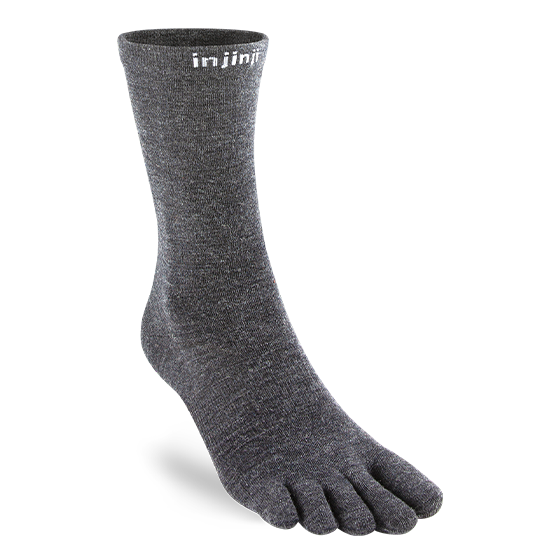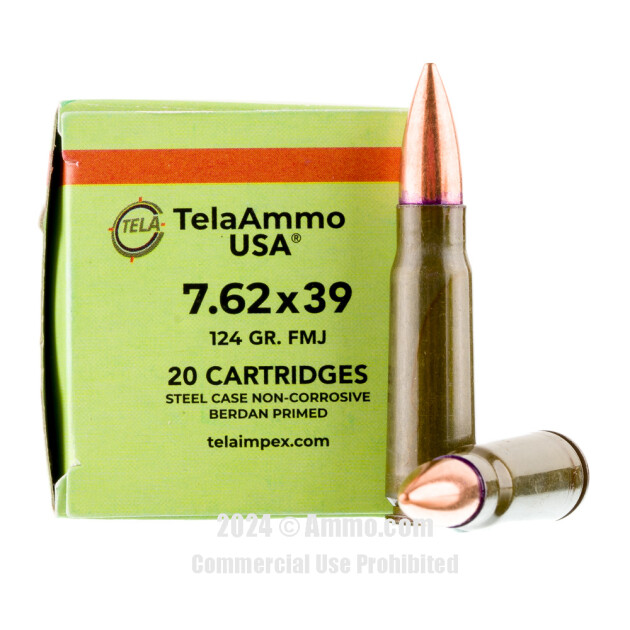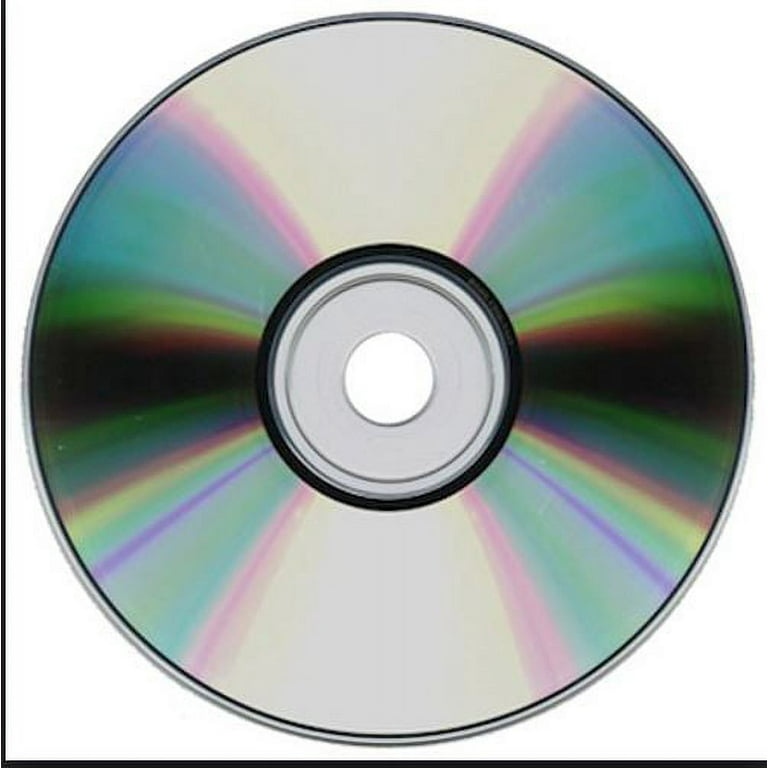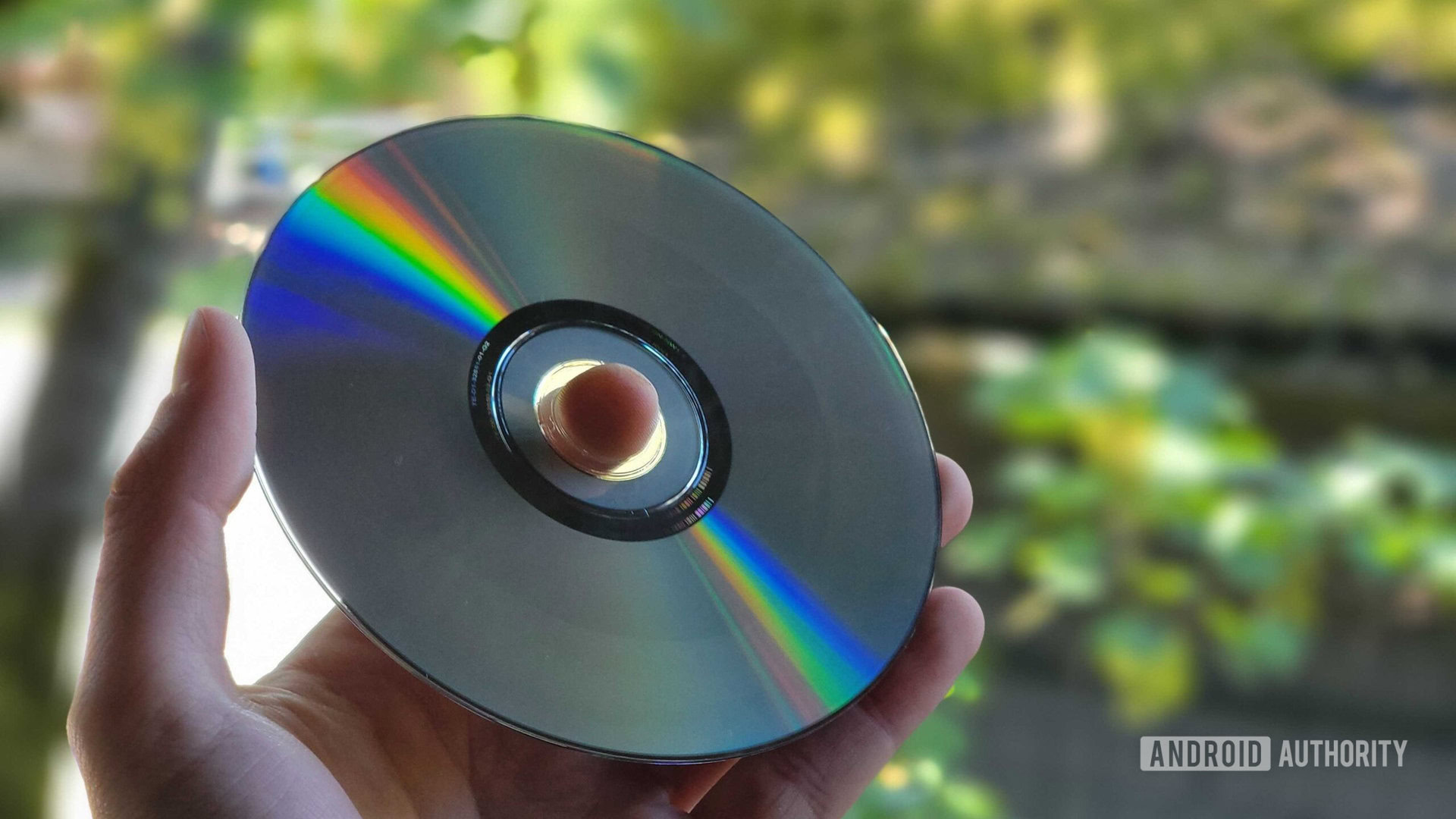The History of the DVD – Southtree
4.6 (142) · $ 7.50 · In stock
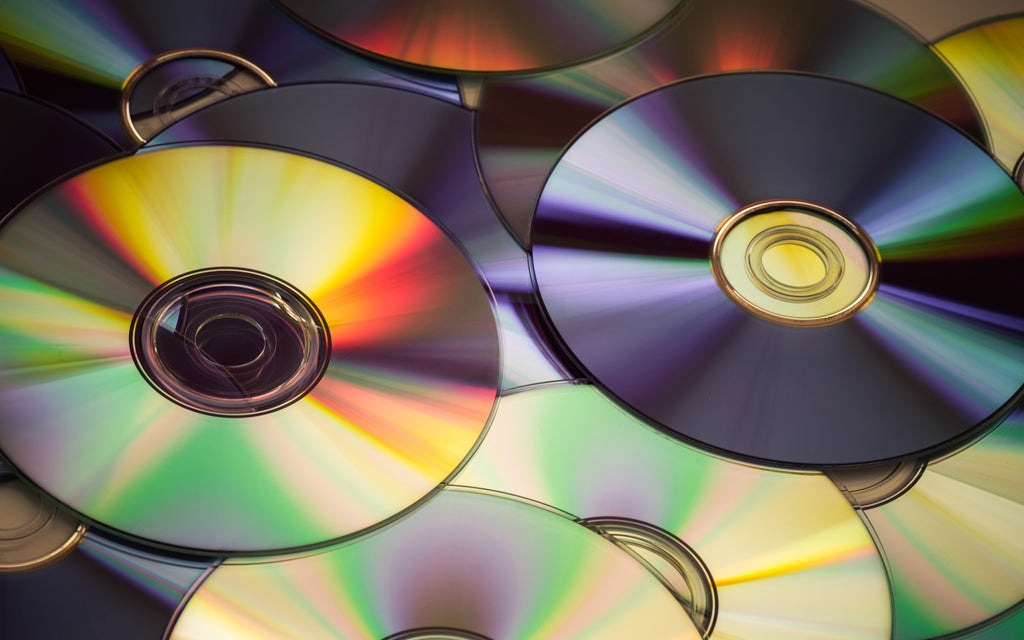
With Y2K just around the corner, the world seemed in a frenzy. Boy bands were taking over, rock music still existed, movie trailers didn’t give away the whole movie – and technology was rapidly changing and people were finally going to be living in the new millennium – the future! Among these budding technological triumphs came the reign of the
Digitized by hand, from our family to yours, for over 10 years. Reclaim your glory days and get started converting your home movies, photos & film to digital today! Trust experience.
With Y2K just around the corner, the world seemed in a frenzy. Boy bands were taking over, rock music still existed, movie trailers didn’t give away the whole movie – and technology was rapidly changing and people were finally going to be living in the new millennium – the future! Among these budding technological triumphs came the reign of the DVD. A piece of software created in 1997 that could store full audio and video on an optical laser disc the size of a CD.
Let’s take a look back at how the DVD came, saw and conquered before fading away in the exact fashion that it took the world by storm.
VHS vs LaserDisc vs DVD
For years, the VHS had a tight grip on the home theater industry after it beat out Betamax in the home video war, one of the earliest format wars. Throughout the late 70s, all of the 80s and up until the mid 90s, the VHS became what everyone had known, , used and loved. You could watch it, record over it, rewind and fast-forward it. It’s what was also economically viable for home movie watching. The epitome of what home theater movie viewing could be. Then, enter the DVD in 1997. With more storage, better picture and audio quality, as well as interactive features – not to mention never having to “be kind and rewind” – it’s easy to see why it took the world by storm. By 2000, shelves stocked with VHS tapes had nearly all been replaced by DVDs just like that.
And while the DVD itself may have been a novel piece of software to the public, the actual laser disc technology was invented by David Paul Gregg and James Russell in 1958, nearly 40 years before the first DVDs were released to the public. Just think about that gap in time for a moment, wow – talk about late bloomer! By 1978, the DVD’s optical disc predecessor, LaserDisc, was developed and released in America. The LaserDisc format used much larger discs, nearly 3 times the size of a DVD (kind of similar to the size of a 12” vinyl record) and with a fraction of the storage space. LaserDisc owners should remember having to flip the disk over to play the second half of their movie (again, like vinyl). Sure, that got annoying but its real downfall was because the technology was still in its public infancy, and the high cost of players and discs led to low consumer adoption outside of key Asian markets, such as Hong-Kong, Singapore and Taiwan. The LaserDisc was cool, just not quite cool enough to persuade people to drop the VHS – at least not yet.
The Format War
Just like the former format war between VHS and Betamax, in which we witnessed VHS come out on top, the industry once again saw itself in a possible, head-to-head format war between DVD manufactures in the late 80s – Format War II. In the blue corner, you had Sony and Philips, who supported the Multimedia Compact Disc (MMCD) format. While in the red corner, a laundry list of other companies, including Toshiba, Time Warner, Pioneer, JVC and a few others, supported the Super Density (SD) disc format. Let’s get ready to R-U-M-B-L-E!! By the time the mid 90s rolled around – and after several back-and-forths, proposals and specifications – Sony and Philips finally caved and agreed to support the SD format, paving way to a single, seamless format. It was Sony’s second “swing and a miss” as their Betamax had also lost to the VHS in the late 70s. But don’t feel too bad for them. For most companies, the mounting failures could cause total collapse, but Sony proved that they were here to stay and still are as evidenced by their success in home electronics, including TVs, video game systems, movie studio and more.
Dual-Layer Recording
When DVDs hit the market in the late 90s, the technology called for single-layered, single-sided disc. However, even this single format could hold more data than a typical VHS. Remember the double-tape Titanic VHS? Or Braveheart? Or literally any movie that was three hours or longer?
Well, dual-layer recording came out and turned what was an already impressive (for the time) 4.7GB disc into an 8.5GB disc. Sure, that seems like chump change now, especially when you consider we have access to portable terabyte storage devices, but back in the mid-2000s, 8 gigabytes was huge. Umm … floppy drives, anybody? You know, what kids today only know as the save icon on their computers. And that’s precisely what makes DVDs, even now in the era of Blu-Ray and streaming services, a great source of storage. Even with the surge of technologically advanced storage devices like thumb drives and the cloud, DVDs are still a media format that is widely accepted and used by people of all ages, all over the world, even if it does skew a little more in the older population. So, whether you’re adamant about taking your memories on the go – anywhere, anytime – with the cloud or a small flash drive, or prefer to insert that shiny disc for watching and storing, we’ve got you covered, regardless of preference. Plus, streaming services don’t have every movie ever made, which makes a $2 DVD find at the thrift store all the sweeter. That is, if you still have a player to watch it.
Fun fact: What were the first movies released on DVD in America?
The first feature films released on DVD in America were A Time to Kill, Blade Runner, Eraser, Goodfellas, Interview with the Vampire, The Road Warrior, Se7en, The Birdcage, The Bridges of Madison County, The Fugitive, The Mask, The Wizard of Oz, Twister, Unforgiven, and Woodstock
Want more DVD fun facts? Okay.
The first DVD player was the Toshiba SD-3000. I was first released over in Japan November, 1996.
Originally, DVD stood for “Digital Video Disc.” It was later suggested that the acronym stands for “Digital Versatile Disc.” In large part because DVDs can be used for much more than storing video content.
DVDs are the same size as CDs at 12 cm (4.7 inches) in diameter.
Yahoo! (yes the new and email giant) once made their own DVD player in 2005.
The Playstation 2 was released in 2000 and in addition to playing games, it could also play DVDs. A huge selling facto at the height of the DVD’s reign.

I spent $540.34 on a used VCR in 2023

Converting tapes to digital in 2024 **Southtree Red sticker

Southtree - What is a PAL VHS tape, and do you have any
The death of the DVD has been greatly exaggerated - The Globe and Mail
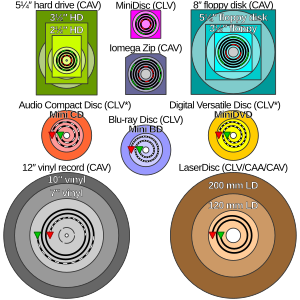
DVD - Wikipedia

Song Of The South DVD 1946 Movie And Animation Feature [957

Gardens help towns and cities beat countryside for tree cover

Dutch Apple Dinner Theatre in Lancaster - Tours and Activities

Contact - Adding and Managing a Customer Center Contact

Compact disc, Ultimate Pop Culture Wiki

VHS - Wikipedia
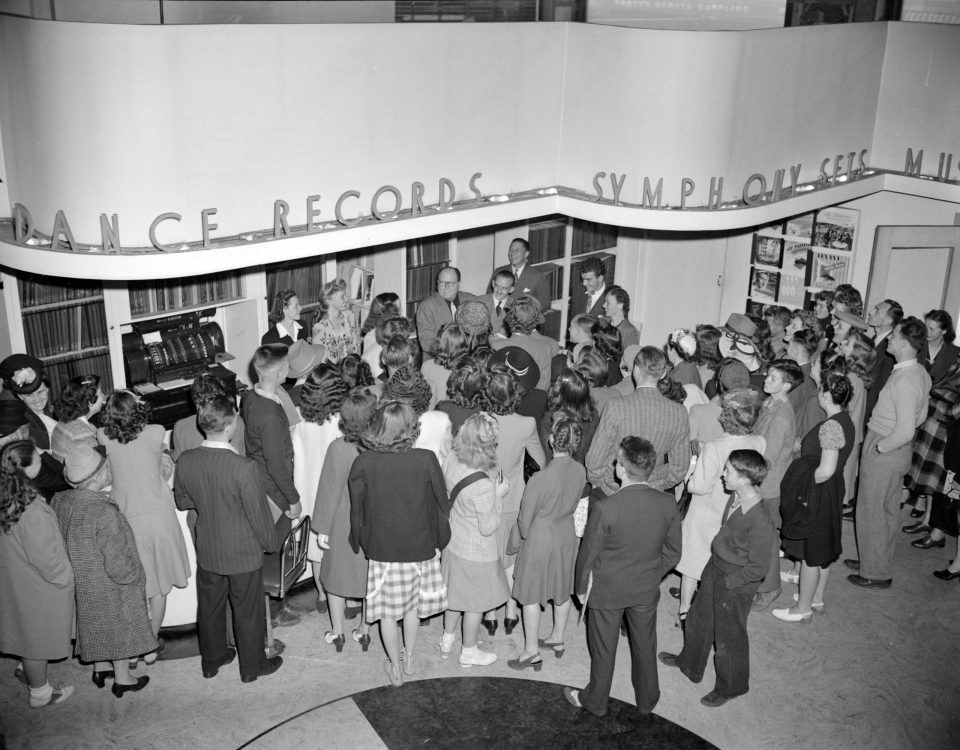
The Kelly's records story, from the 1920s to the 1980s
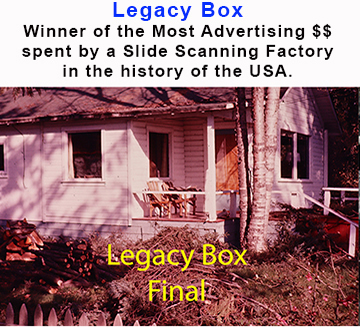
Our Legacy Box Ordering Experience
